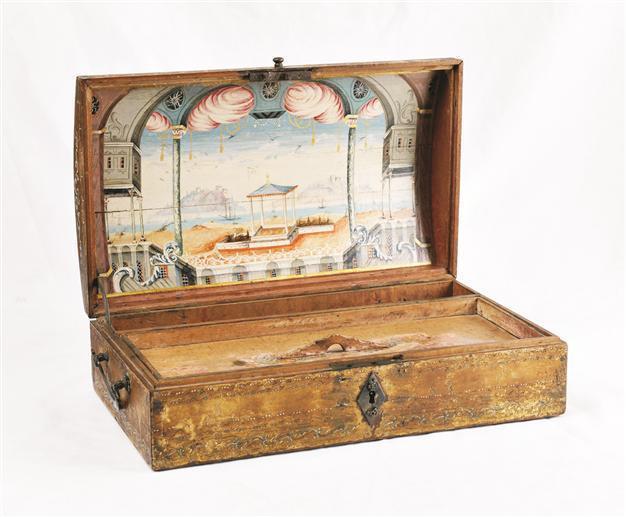Museum merges high-tech with traditional art in exhibit
ISTANBUL- Hürriyet Daily News

Sakıp Sabancı Museum has digitalized its collections and archives to provide a detailed look at its valuable and rare Turkish and Islamic manuscripts.
For its 10th anniversary, Sakıp Sabancı Museum (SSM) is re-opening its book arts and calligraphy collection at the Atlı Köşk (Horse Mansion), with a new interior design and modern displays that benefit from Apple technology. The exhibition opens today.
The new interior design is by Boris Micka, and Zeren Tanındı was the academic consultant for the new exhibit strategy.
The museum has digitalized its collections and archives to provide a detailed look at its valuable and rare Turkish and Islamic manuscripts. Interactive technologies in the exhibition halls, such as animations that link to iPad applications using “Augmented Reality” (AR) technology, offer visitors an unusual experience.
Güler Sabancı, who chairs Sabancı Holding, particularly emphasized that the implementation of high-tech exposition techniques for works of traditional Ottoman calligraphy and manuscript writing is part of an effort to attract younger peoples’ interest not only to the museum but to what the chairwoman called “the most important part of the Sakıp Sabancı collection, to which his heirs feel the strongest emotional ties.”
Nazan Ölçer said the integrated iPad technology allowing information about the works on display to flow freely suits the museum’s overall mission to be an educational institution. “This is what separates museums from galleries,” Ölçer said, adding that by using Apple technology, the Sabancı Museum aims to make Ottoman calligraphy more real for younger generations, and help inspire in them an appreciation of this form of writing from which modern Turkey is totally estranged, due to its eradication with the Alphabet Reform in late 20s.
The Sakıp Sabancı book arts and calligraphy collection consists of more than 200 examples of illuminated Korans, prayer books, calligraphic compositions, albums and panels written by well-known calligraphers, and illuminated official documents bearing the imperial ciphers of Ottoman sultans, as well as calligrapher’s tools, all produced during the period extending from the end of the 14th century to the 20th century. With a mission of increasing awareness of traditional arts, the museum also includes some unique artwork from contemporary artists.
The exhibition’s link to comtemporary art is immediately apparent: Visitors are welcomed to the new presentation of the collection with a calligraphic composition that refers to calligraphy exercises by Ahmet Oran, dated 2005-2006. One of Turkey’s most renowned contemporary artists, Kutluğ Ataman, is represented with a video piece showing a mirror image of the right-hand monitor, a video version of the calligraphic mirror compositions known as “müsenna” or “aynalı.”
An exhibition catalogue is also available in Turkish and English. The exhibition includes a documentary film showing all the phases of manuscript book production, created in collaboration with the Mimar Sinan University of Fine Arts.
Use of technological applicationsVisitors to the new exhibit can use iPads to activate “Augmented Reality” icons and watching animations that explain the works and their eras. In the exhibit’s “Family Rooms,” visitors can also view photos of Sakıp Sabancı and his family using the AR application, which aims to help visitors have a different perception of the collection. It’s also present in the exhibition catalogue: By using the camera of an iPhone or iPad to activate the icon on the back cover of the catalog, the visitor can reach a video of Kutluğ Ataman’s work “Mesopotamian Dramaturgies: Water, no. 5.”
